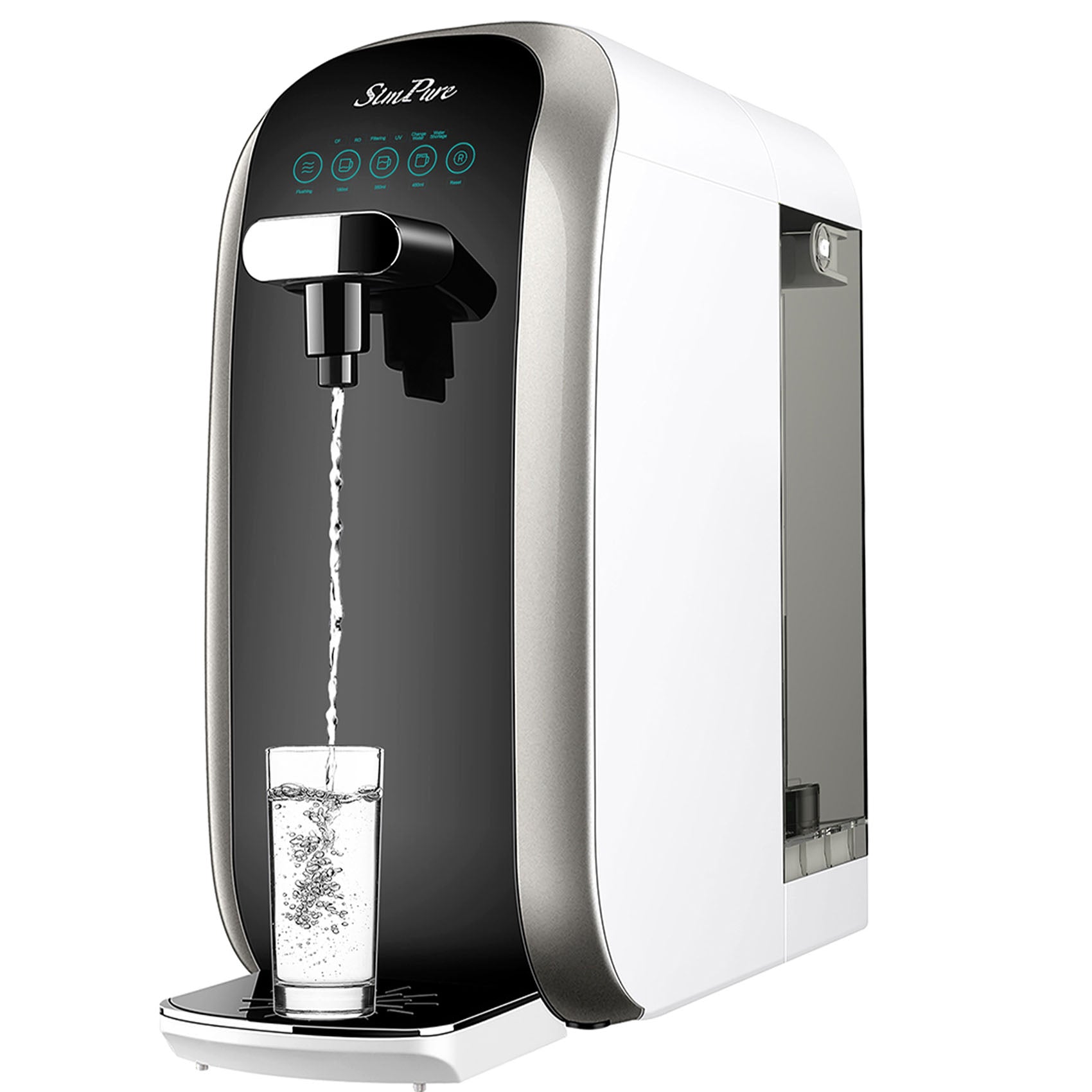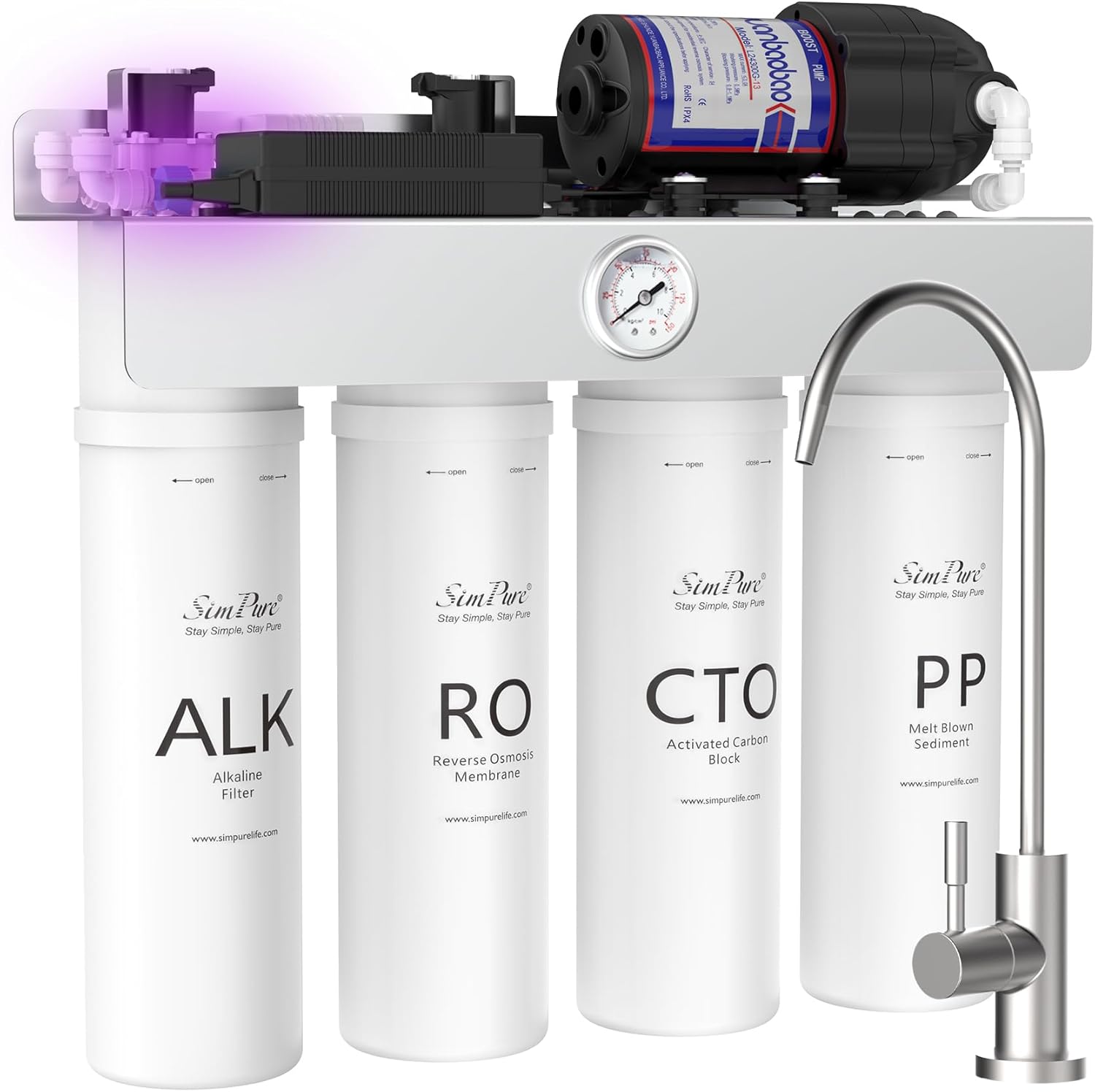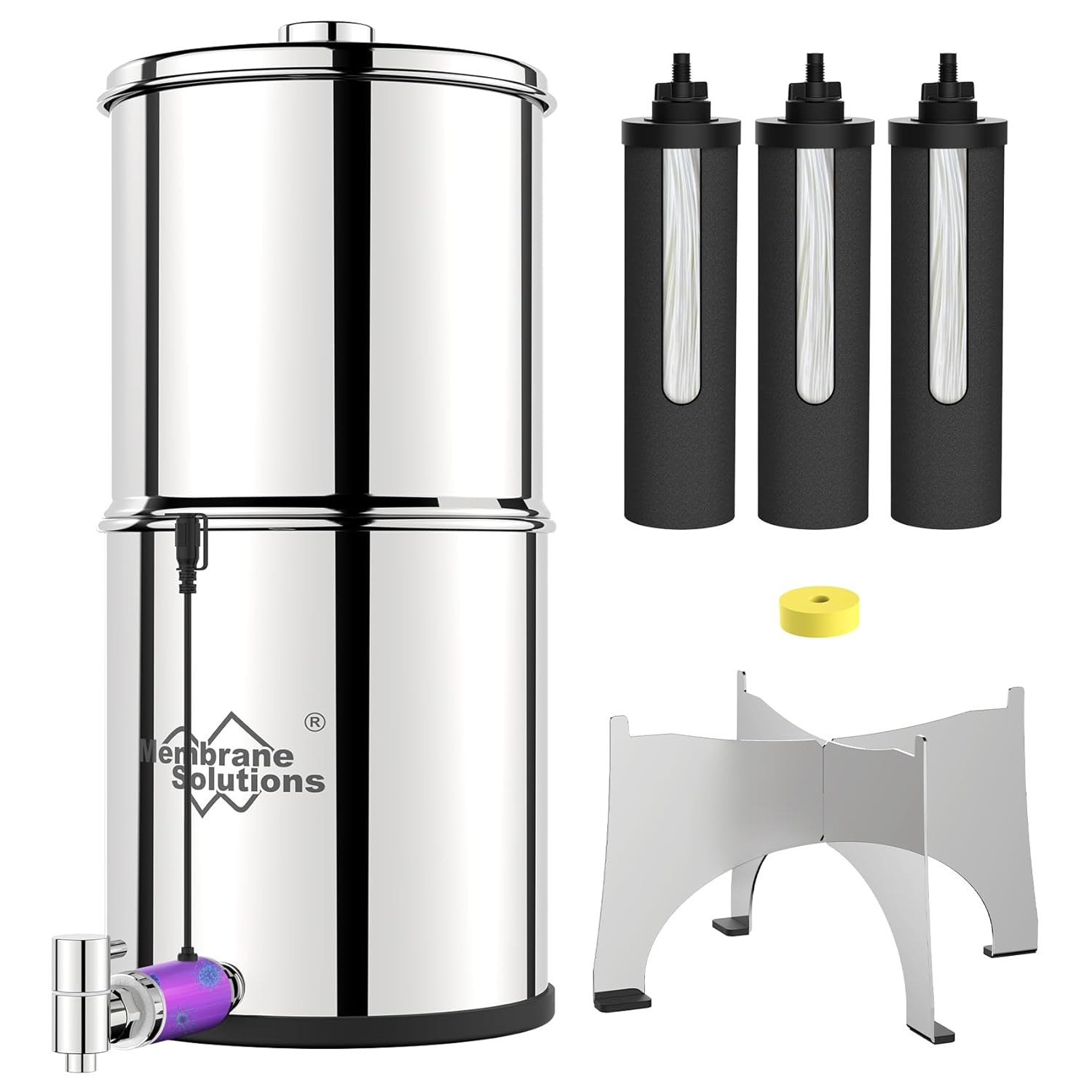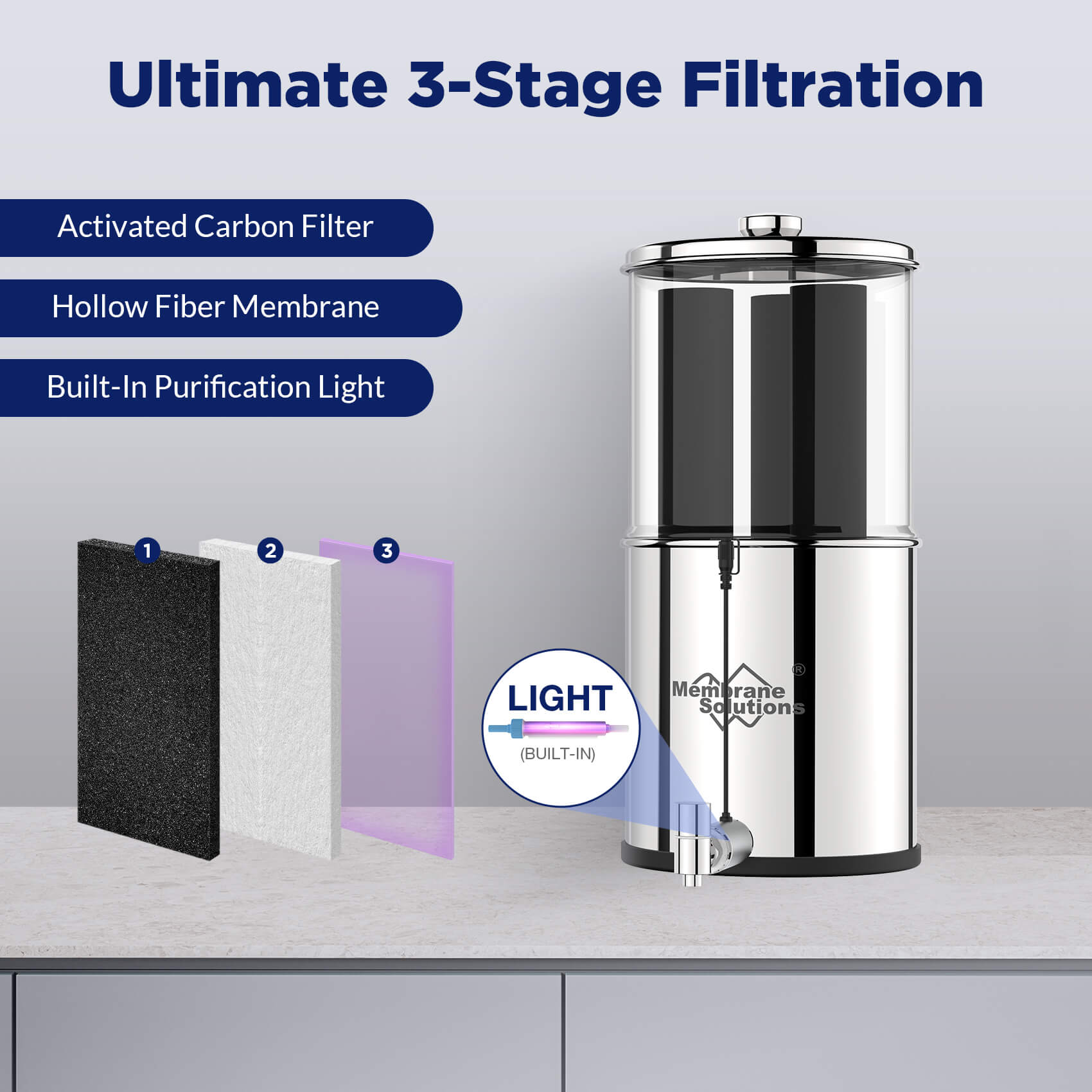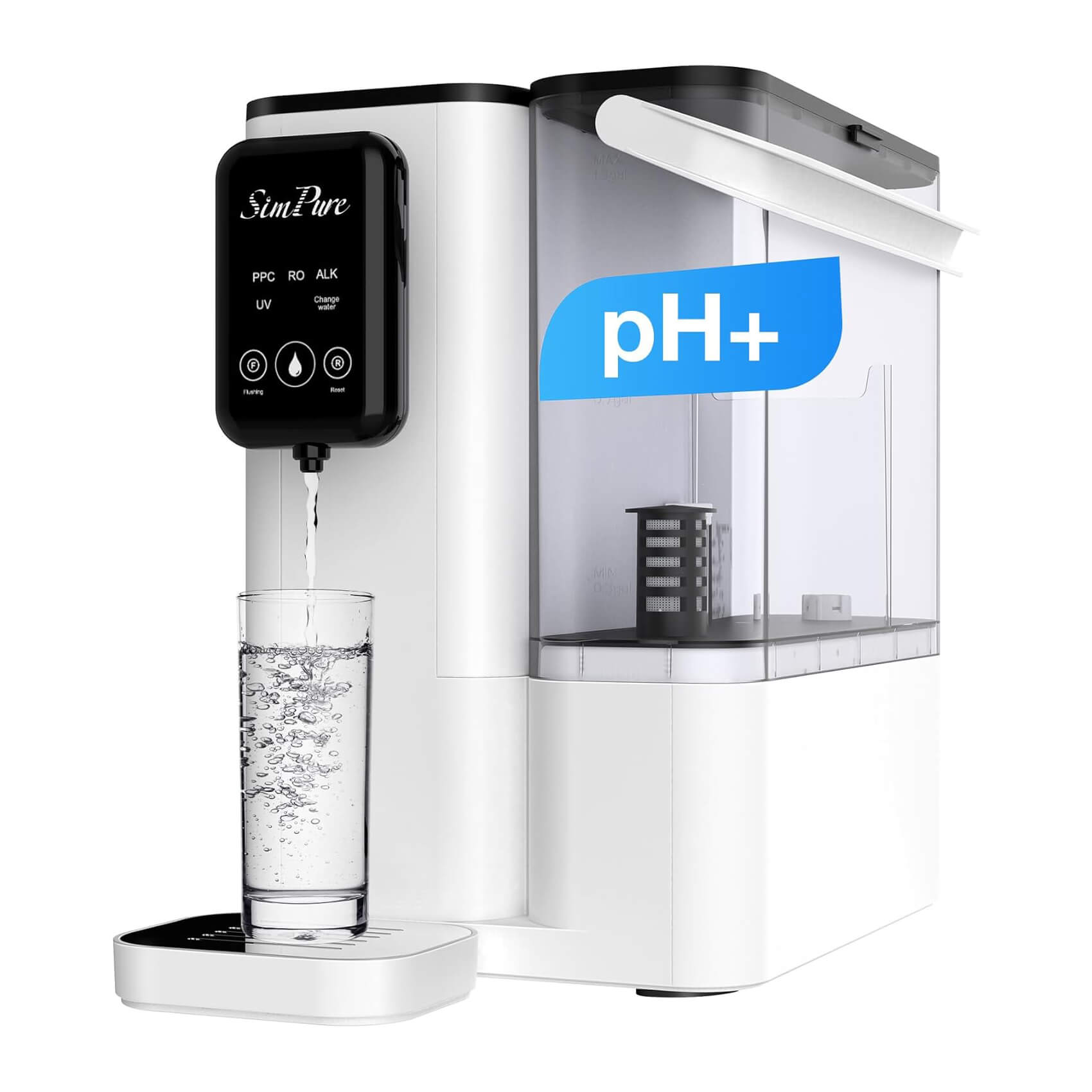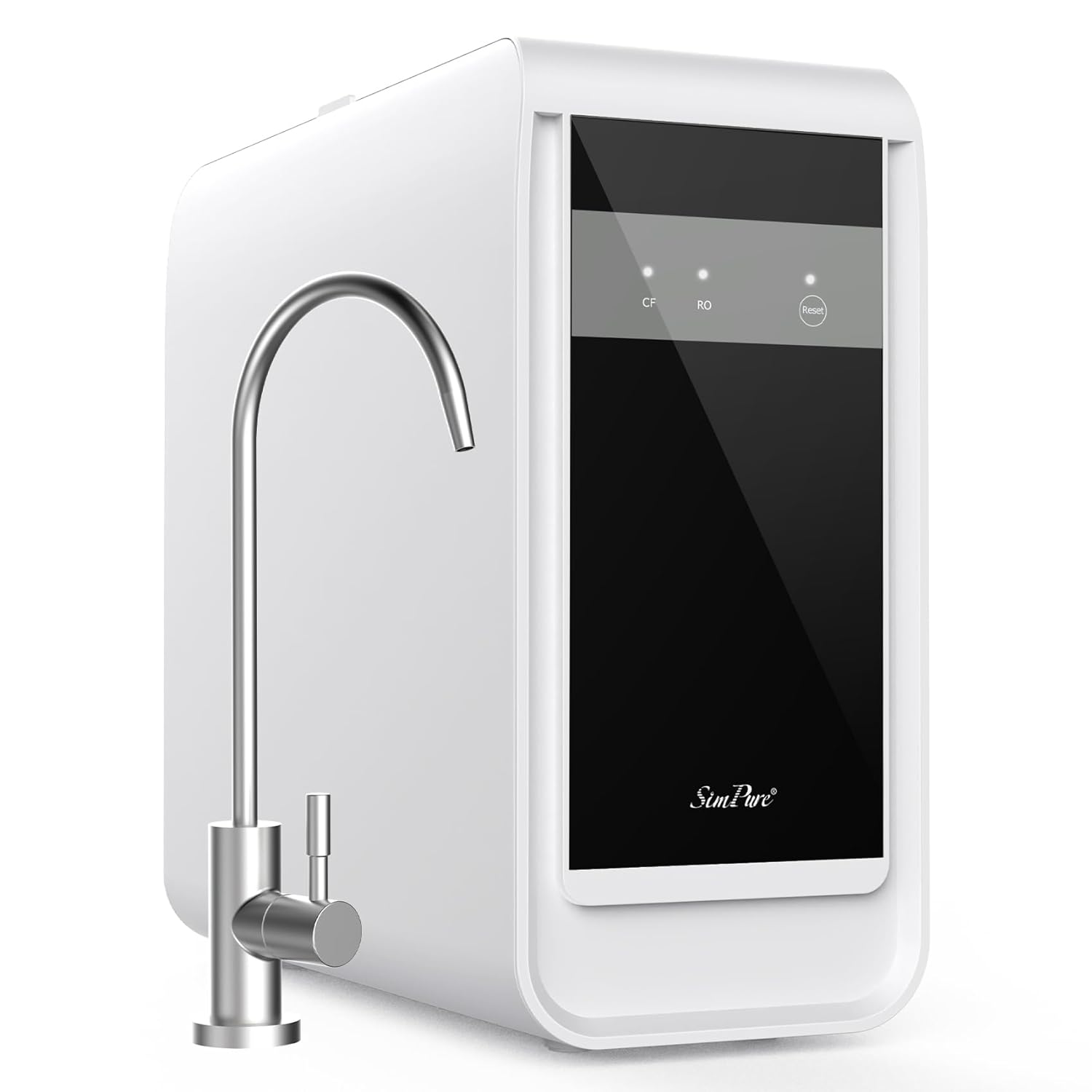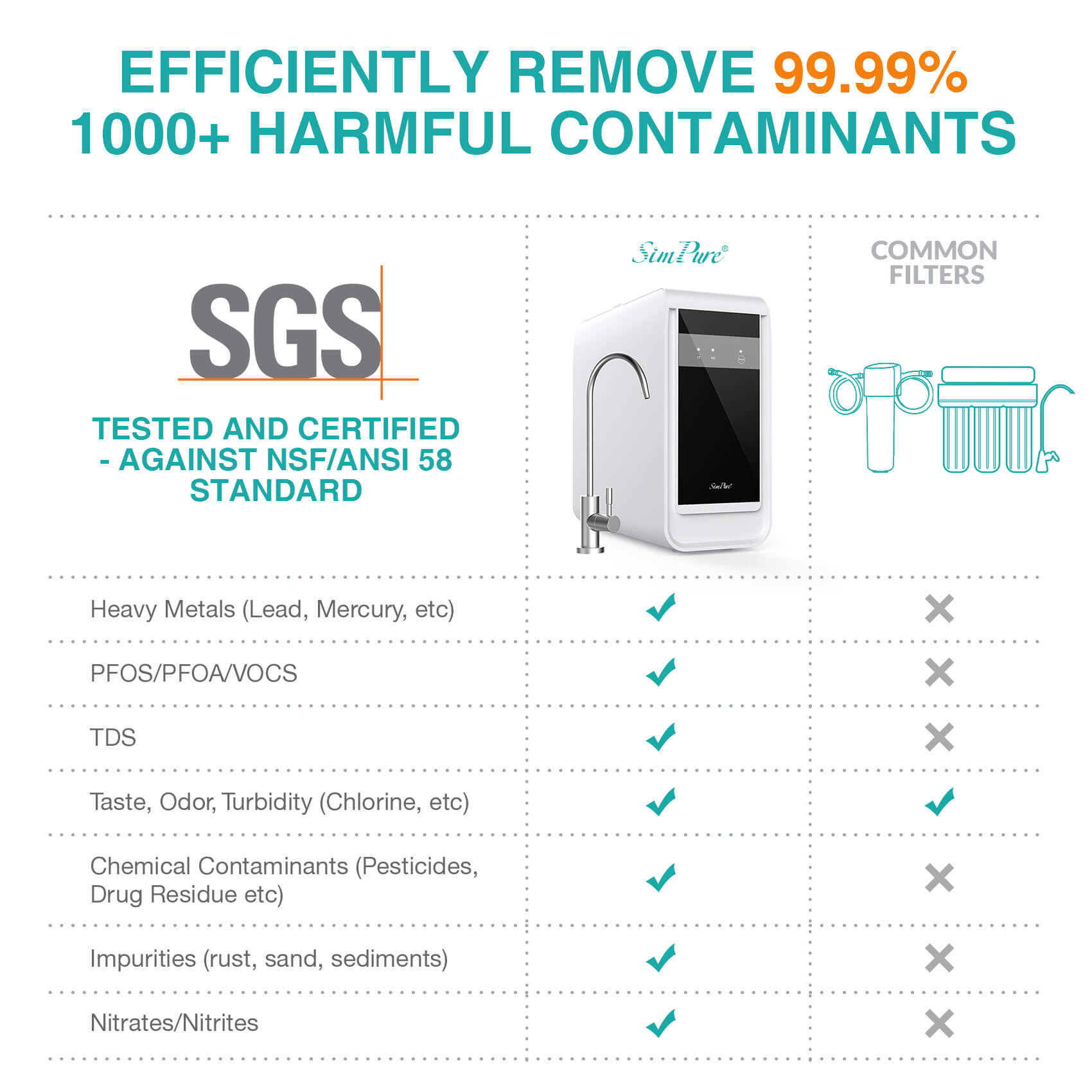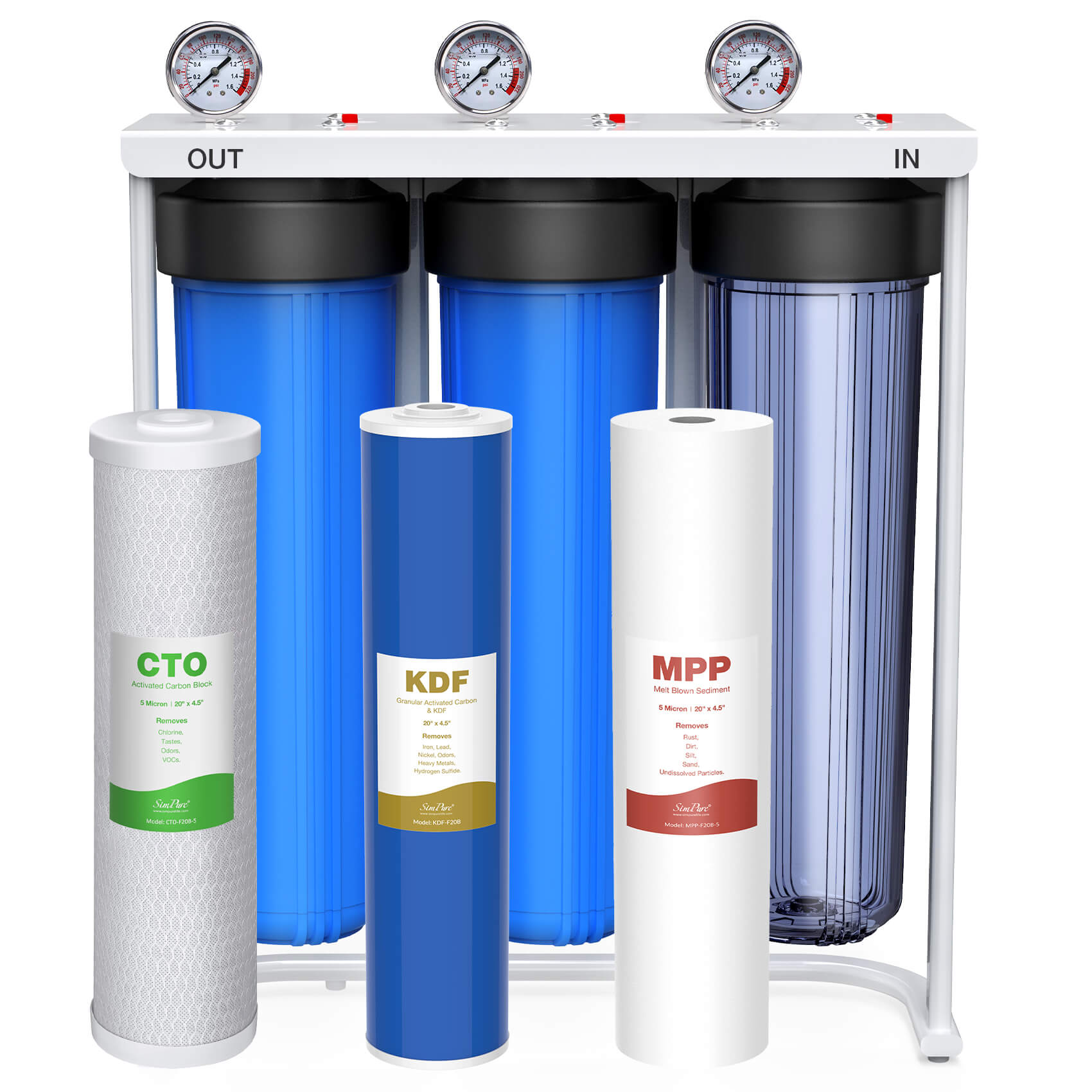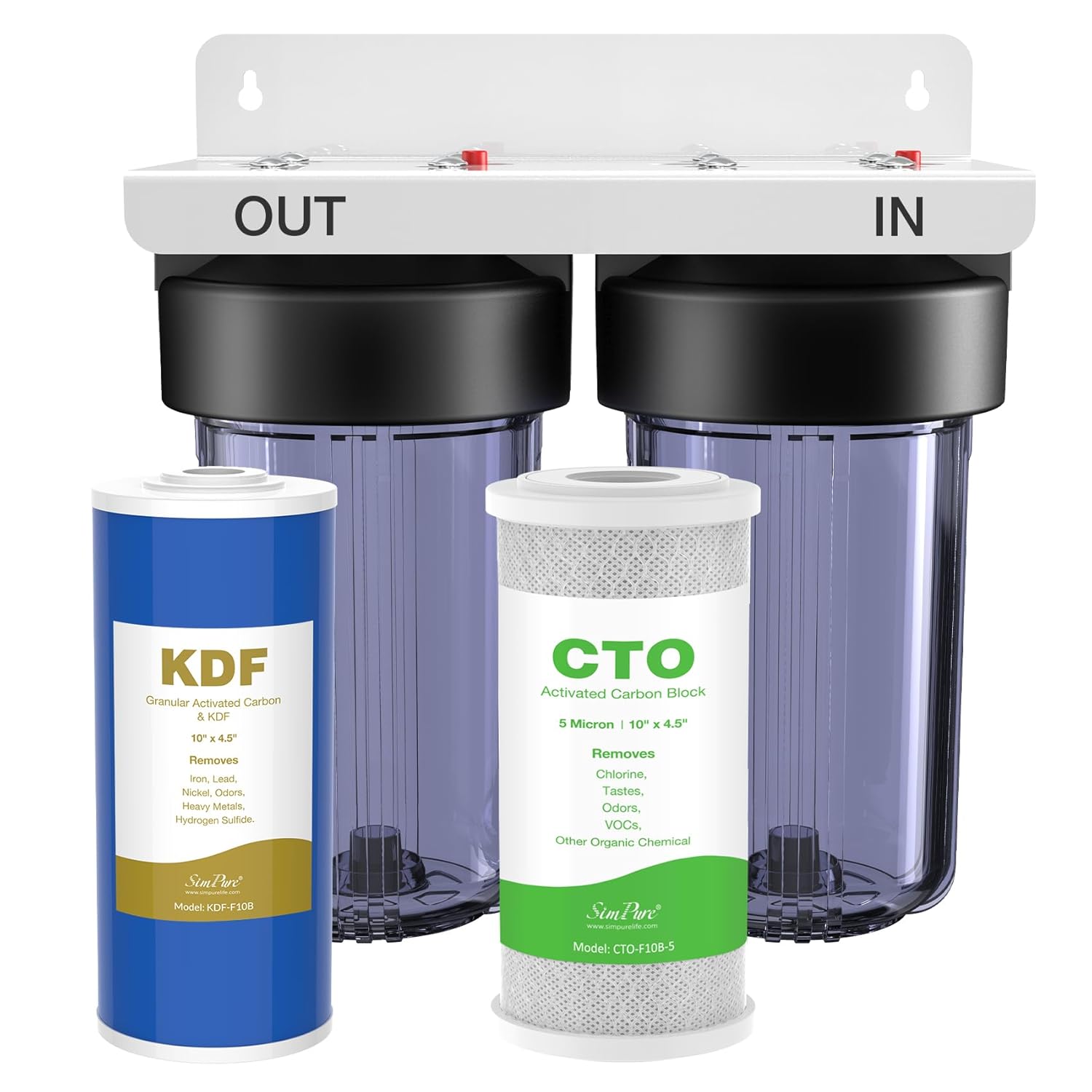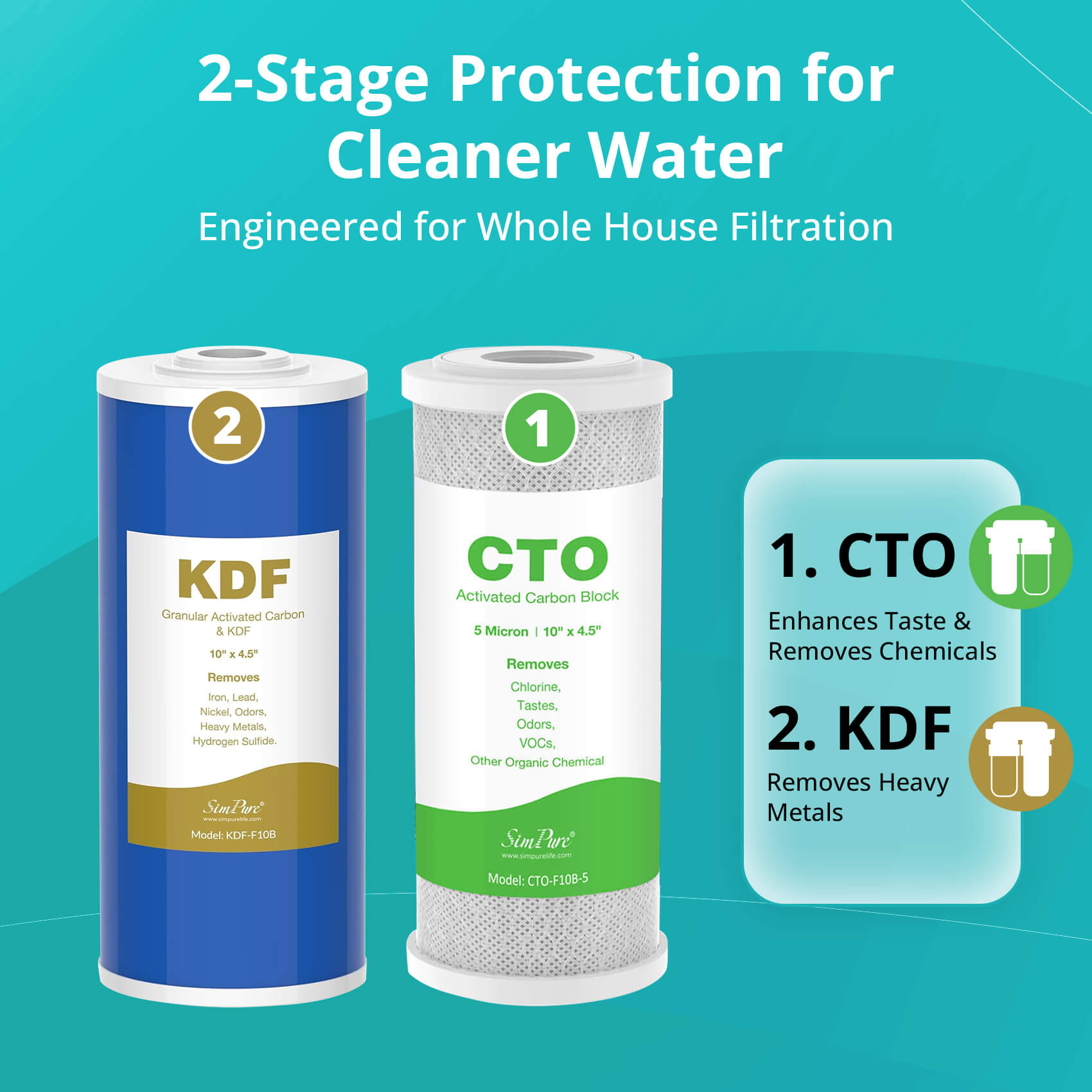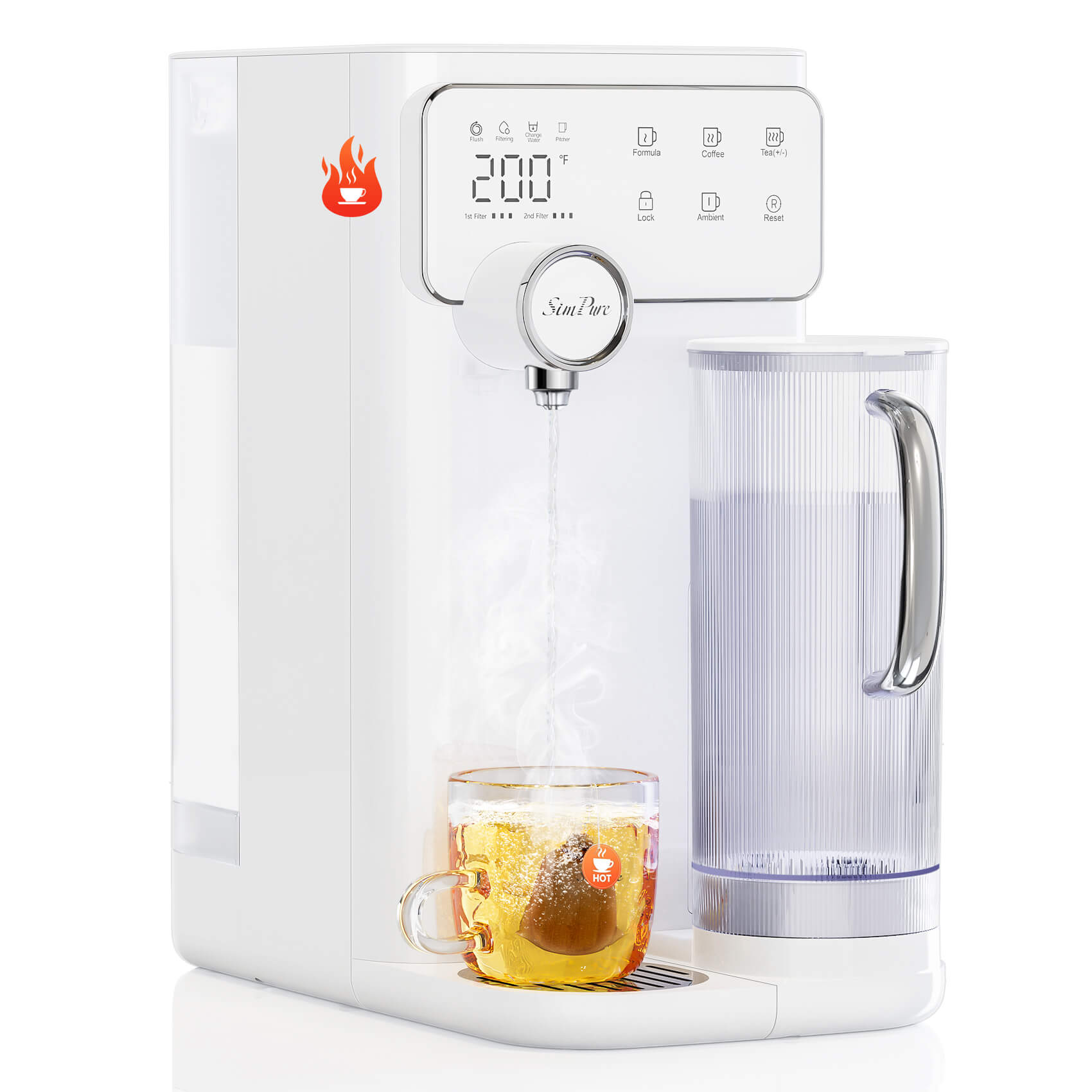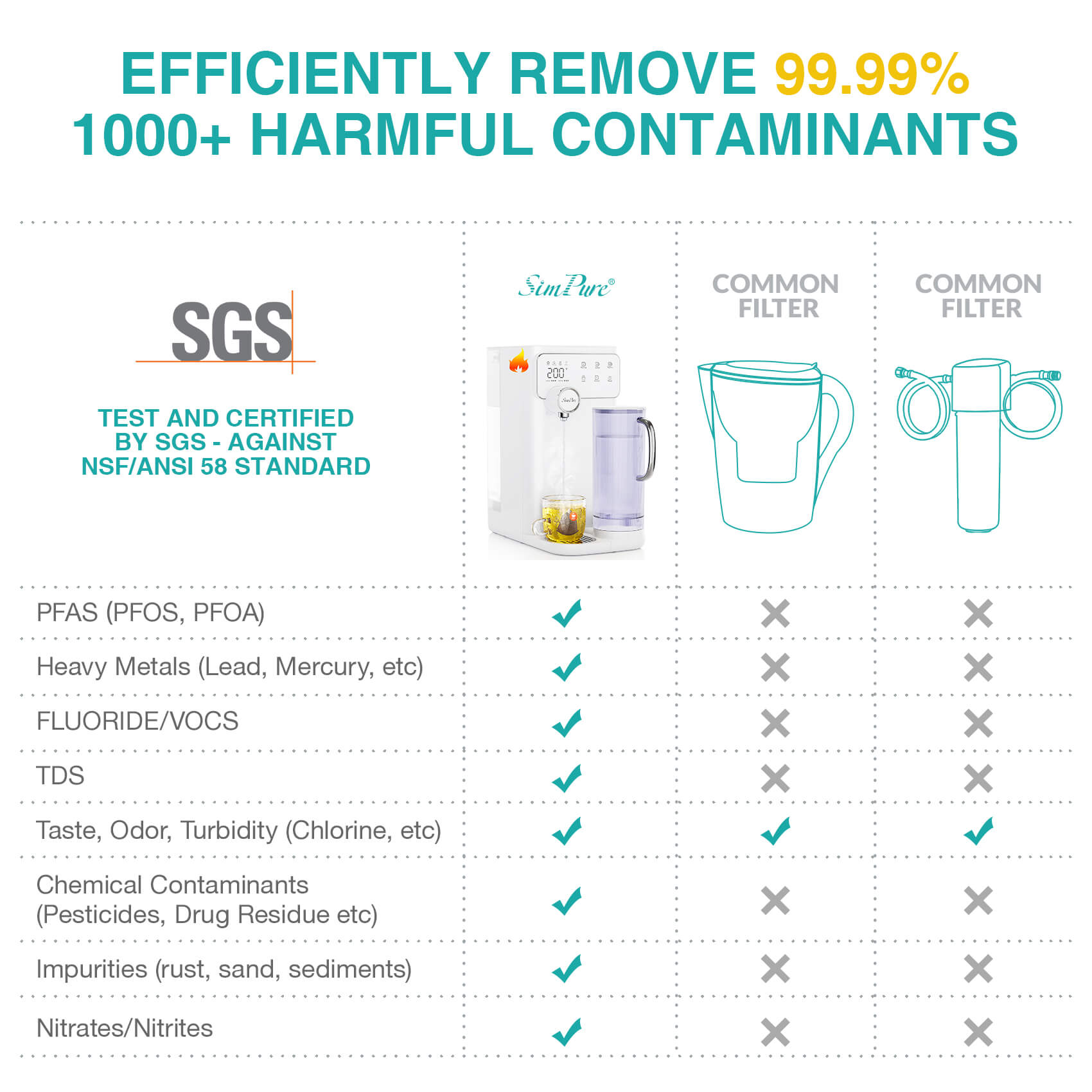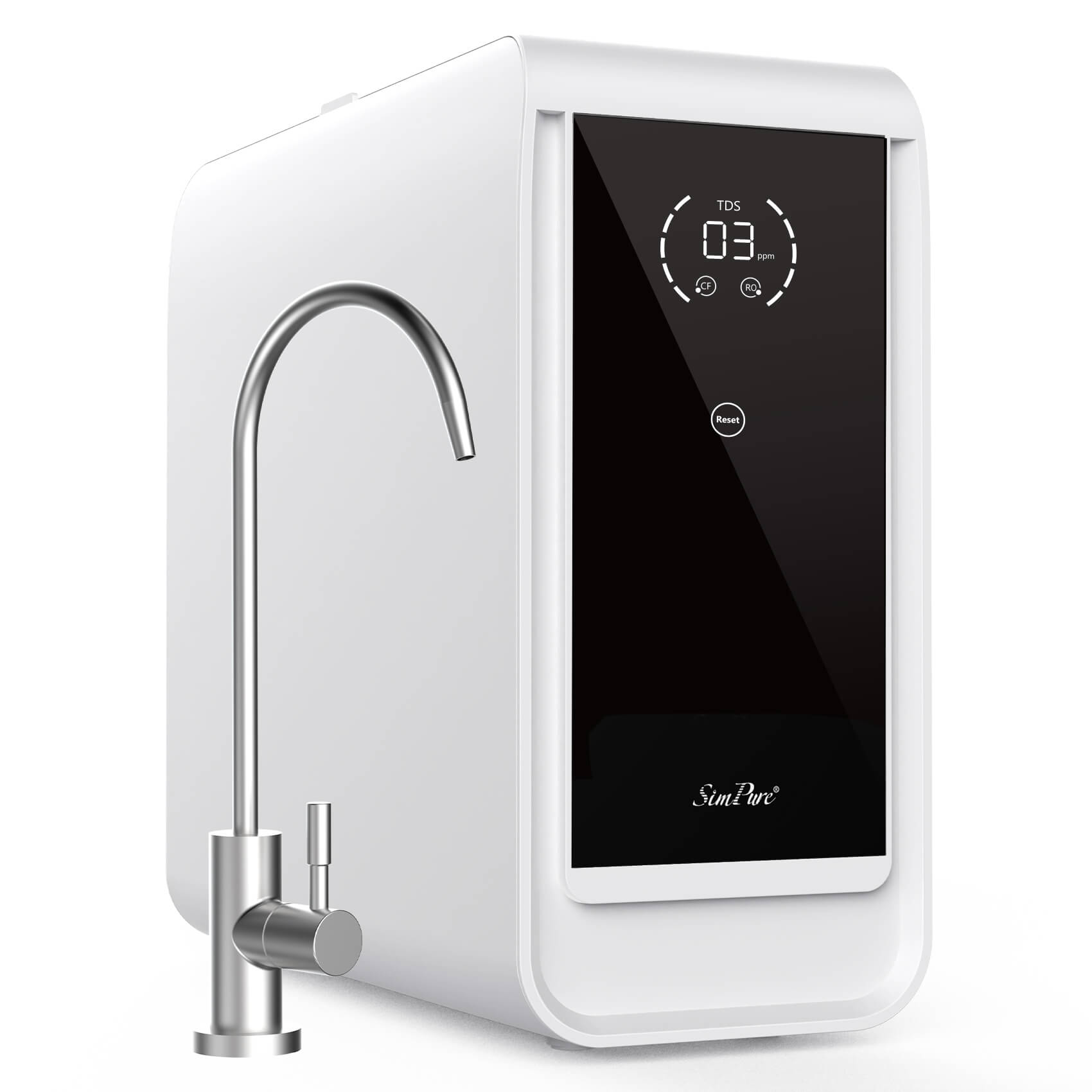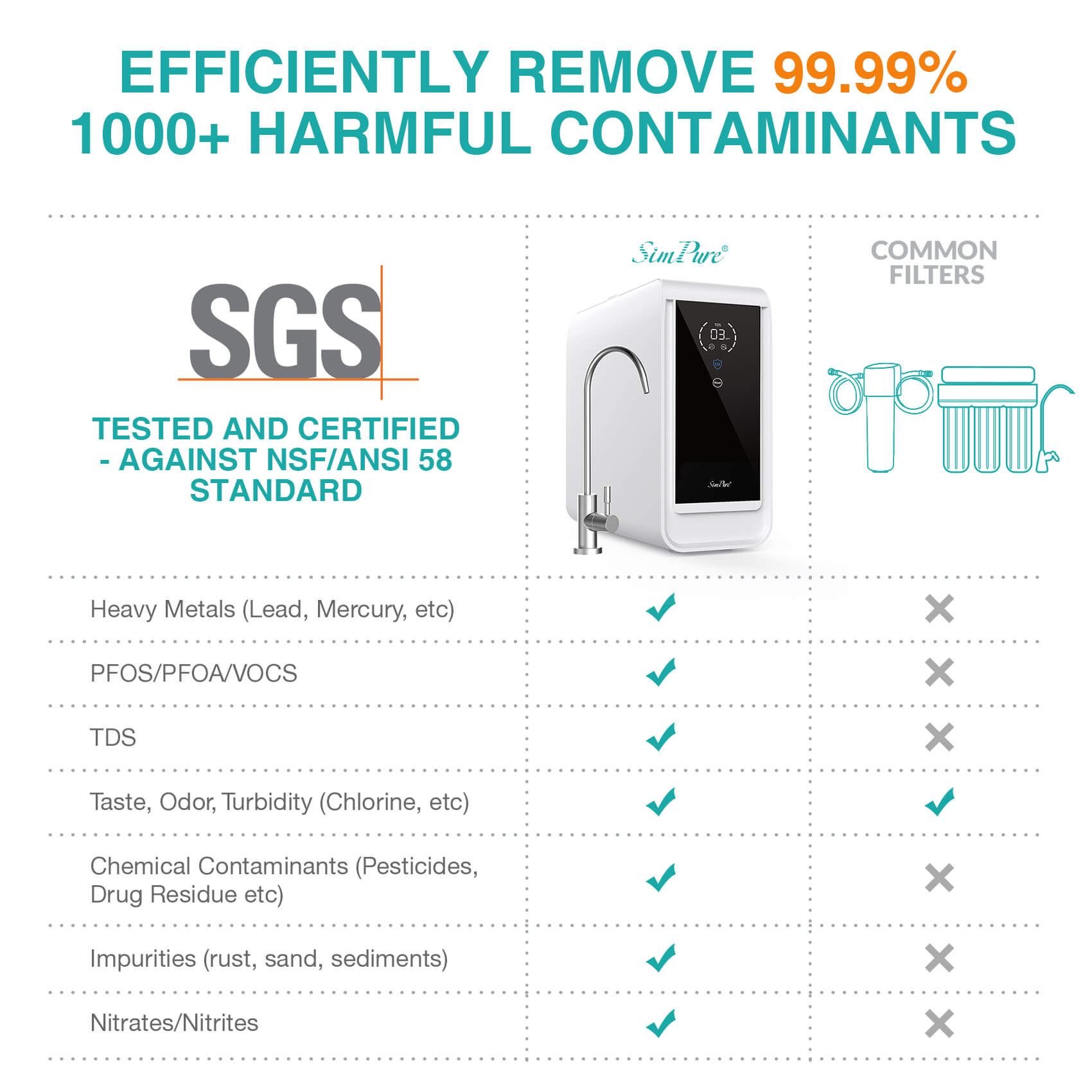Have you ever experienced brown water flowing from the taps in your home or noticed that the water in your well has turned brown? The appearance of brown water can be unsettling, leaving you with questions about its origins and safety. In this article, we will explore the potential causes of brown water and address the crucial question of whether it is ok for drinking or bathing. Our aim is to provide you with clarity and peace of mind regarding brown water concerns. We hope to have alleviated doubts you may have had about brown water from this blog.
Table of Contents
6 Possible Causes of Brown Tap Water
- 1. Damaged, Recently Repaired, Or Replaced Water Pipes
- 2. Fire Hydrants Are Used in Emergencies by the Fire Department
- 3. Metal Water Pipes Have Rusted
- 4. Secondary Water Supply Pollution
- 5. Rusted Water Heater
- 6. Seasonal Changes
5 Possible Causes of Brown Well Water
- 1. Rainwater Seeps into the Soil and Then Flows into the Well
- 2. Water in Deep Wells Flows from Oxygen-Deficient, Iron-Rich Deposits
- 3. Tannins Are Present in Well Water
- 4. Bacteria or Algae Can Proliferate in Well Water
- 5. High Mineral Content Well Water and Rusty Water Pipes
6 Possible Causes of Brown Tap Water
1. Damaged, Recently Repaired, Or Replaced Water Pipes
The reason behind water appearing brown during the repair or replacement of water mains is twofold. Firstly, when new pipes or lining materials, particularly those made of iron or copper, are introduced, they initially release particles or rust upon contact with water, resulting in the water's brown appearance. Additionally, the process of repairing or replacing water pipes can lead to changes in flow and pressure, disturbing long-term sediment accumulation within the pipes. This disturbance can also dislodge sediment or rust attached to the inner surfaces of the pipes, further contributing to water discoloration.
2. Fire Hydrants Are Used in Emergencies by the Fire Department
Fire hydrants often connect to water mains that distribute water to different locations. When a fire hydrant is forcefully or rapidly opened, it can create a sudden shift in flow and pressure within the pipe. The rapid change in flow and pressure can disturb deposits, such as rust, minerals, or other particles, that settle on the bottom of the pipes. Additionally, it can also dislodge the build-up of rust and corrosion inside certain water pipes. As a result, these sediments get stirred up and carried along with the water, leading to the water appearing brown in color.
3. Metal Water Pipes Have Rusted
The Aging Water Pipes Are Rustin
This phenomenon may occur in older communities, where aging water supply pipes become rusted or accumulate significant amounts of impurities over time. As a result, the tap water in these areas can become cloudy.
Inadequate Corrosion Resistance in Pipes Causes Metal Corrosion When Flow Slows
In certain communities, the water supply pipes lack certain anti-corrosion capabilities and are of poor quality. When the faucet remains unused for an extended period, such as overnight, the metal substances in the pipes can undergo corrosion, resulting in the formation of a thin layer of rust on the pipe walls. And impurities in the water within the pipes can settle at the bottom. Consequently, when you turn on the tap in the morning, it can lead to brown water flowing out.

4. Secondary Water Supply Pollution
In certain areas, high-rise buildings have different water supply systems compared to low-rise buildings. While low-rise buildings receive direct water supply from the water plant through pipelines, high-rise buildings rely on secondary water supply facilities. However, due to the aging and leakage issues of these secondary water supply facilities, the drinking water within the secondary system may become contaminated, resulting in the appearance of brown water.
5. Rusted Water Heater
If you notice brown hot water with a metallic smell in your home, it may be an indication of rust in the water heater tank or other components of the water heater system. As time passes, corrosion can occur in various parts of the water heater, including the anode rods, tank, and pipes. This corrosion leads to the presence of rust particles in the hot water as it passes through the system, resulting in the water turning brown.
6. Seasonal Changes
Brown water can occur due to seasonal changes. This is because, during seasonal changes, particularly during periods of low water usage, the water flow in the pipes may slow down. This slower flow allows for the further buildup and deposition of deposits, such as rust, minerals, or debris that have settled in the pipes. When the water flow increases again, these deposits are dislodged and carried along with the water, resulting in a brown color.
5 Possible Causes of Brown Well Water
1. Rainwater Seeps into the Soil and Then Flows into the Well
When it rains, the water on the ground can carry sediment, fallen leaves, and other debris from the surrounding soil into the well water through infiltration and runoff. As a result, the clarity of the well water diminishes, causing it to turn brown. Additionally, the rising groundwater table caused by rainfall can also have an impact on the water quality, leading to turbidity in the well water.
2. Water in Deep Wells Flows from Oxygen-Deficient, Iron-Rich Deposits
Water in deep wells is sourced from underground mine seams. If the ore layer contains iron and lacks oxygen, the water will contain divalent iron ions. Initially, when the water is extracted, the iron ion content may not be sufficient to cause coloration. However, upon exposure to air, the iron ions undergo oxidation and form solid particles of ferric iron or ferric oxide, resulting in a reddish-brown appearance. This occurs because ferric oxide is naturally reddish-brown in color.

3. Tannins Are Present in Well Water
Tannins are natural organic compounds in groundwater sources, originating from the decomposition of vegetation or organic matter in the surrounding environment (commonly found in plant seeds, stems, and leaves). When present in water, tannins can contribute to a bitter or astringent taste and cause the water to have a yellow or brown hue. If you're interested in learning How to Remove Tannins from Water, we invite you to visit our blog where we provide helpful information on this topic.
4. Bacteria or Algae Can Proliferate in Well Water
In certain instances, wells water can become contaminated with bacteria or algae. When these microorganisms multiply in well water, it can result in alterations to their overall appearance. The growth of bacteria or the occurrence of algae blooms may produce pigments that range from yellow to brown, ultimately causing the water to become discolored.
5. High Mineral Content Well Water and Rusty Water Pipes
Well water contains naturally occurring minerals such as calcium, magnesium, iron, and manganese, among others. When water with a high mineral concentration flows through pipes that have rusted or corroded, it can mix with dislodged rust particles. This mixture can result in the water appearing brown or discolored.
Is the Brown Water OK for Drinking or Bathing?
It is not recommended to use brown water for drinking or bathing purposes. The brown water often has an unpleasant taste, odor, and appearance that can be off-putting. If you observe brown water flowing from your tap, it is recommended to turn on the tap and wait for a while, typically tens of minutes. Usually, brown water resulting from pipe repairs or similar issues will clear up within a certain period. However, if the situation persists for an extended duration, it is advisable to contact a plumber or a professional, such as a water company, to inspect the issue, as it may be caused by aged or rusted pipes. If you discover that your well water appears brown, it is crucial to examine the underlying cause and implement appropriate corrective actions accordingly. Nevertheless, regardless of the root cause of the brown water, we highly recommend installing water purification systems in your home.
Enjoy Brown-Free Water with SimPure Water Filters System
SimPure offers a comprehensive water filtration system solution to meet your needs. Our range of products includes a (1)pre-filter designed for larger sediment particles (For example, DC5P spin down sediment filter can effectively remove rust), (2)inline water filters (For example, V7 kitchen sink water filter can reduce 99% heavy metals (lead), chlorine, bad tastes, odor, and other impurities without compromising the TDS value). We also provide (3)under sink RO water filter systems (ensure the removal of tannins, TDS, bacteria, and viruses), (4)countertop RO water filters (for convenient drinking water access), and (5)premium shower filters (effectively remove chlorine, heavy metals, rust, sand, sediment, and soften water to protect your hair and skin).
With SimPure whole house water filtration solution, you can eliminate the inconvenience of brown water and enjoy access to clean and healthy drinking water at all times.
In summary, both tap water and well water can turn brown due to various factors. These include plumbing repairs, fire hydrant usage, rusting water heaters, seasonal changes, contamination of secondary water supplies, stormwater infiltration into wells, tannins in well water, bacterial or algal blooms, and so on. And it is not recommended to use brown water for drinking and bathing. If the brown water persists for a long time, it is recommended to seek professional assistance from a plumber or a water company to address the underlying problem. Fortunately, SimPure offers a comprehensive whole-house water filtration solution that effectively eliminates brown water and provides continuous access to clean and healthy drinking water.
Get Comprehensive Whole-House Water Filtration Solution!


